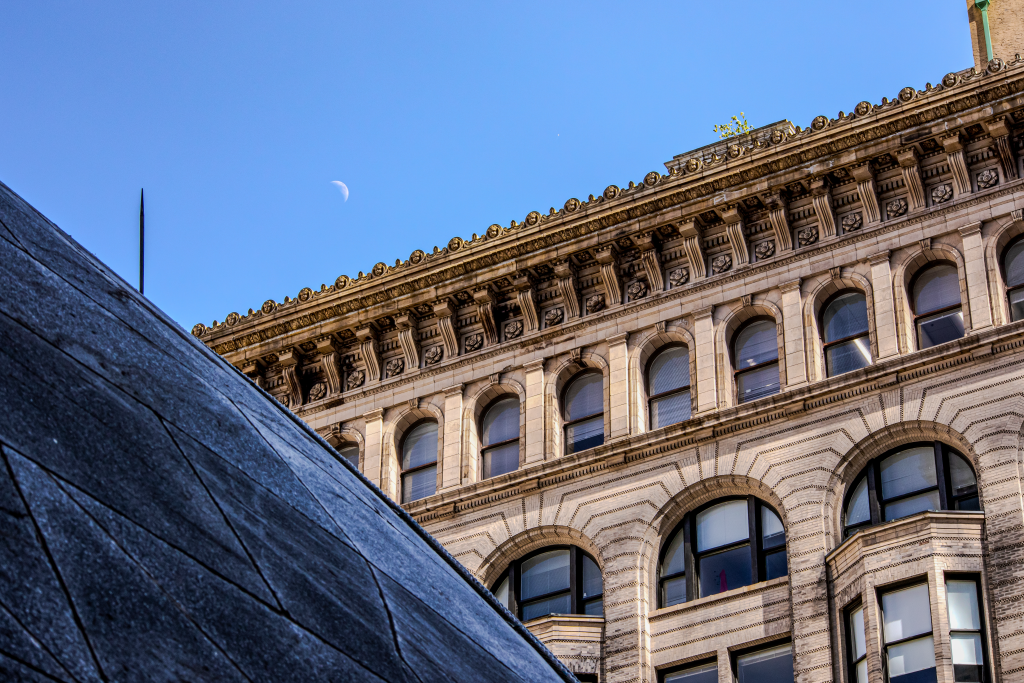Preserving Heritage: The Intersection of Historic Preservation Engineering and Architecture

In the intricate tapestry of urban landscapes, historic buildings stand as testaments to the rich narratives of the past. Preserving these architectural gems requires a delicate balance between the need for modern functionality and the reverence for historical significance. Historic preservation engineering and architecture play pivotal roles in safeguarding these structures, ensuring they endure the passage of time while remaining relevant and functional.
Understanding Historic Preservation: Historic preservation is a multifaceted endeavor that involves safeguarding, conserving, and revitalizing structures with historical significance. It encompasses not only architectural elements but also the cultural, social, and economic value embedded in these landmarks. Preservation aims to celebrate the heritage of a community, fostering a sense of continuity and connection with the past.
Challenges in Historic Preservation: Preserving historic buildings presents unique challenges. These structures often exhibit architectural styles and construction methods that may differ significantly from contemporary practices. The materials used, the craftsmanship involved, and the cultural context all contribute to the complexity of preservation efforts. Striking a balance between maintaining historical authenticity and meeting modern safety and accessibility standards requires specialized knowledge in both engineering and architecture.
Historic Preservation Engineering: Engineers specializing in historic preservation bring a nuanced understanding of traditional construction methods and materials to the table. Their role is to assess the structural integrity of historic buildings, identify potential risks, and develop strategies for restoration and rehabilitation. This may involve repairing or replicating original materials, reinforcing structural elements, and implementing innovative solutions that comply with current building codes while preserving the building’s historic character.
Key Aspects of Historic Preservation Engineering:
- Structural Assessment:
- Engineers conduct thorough assessments to understand the load-bearing capacity and structural health of historic buildings. This involves evaluating the condition of foundations, walls, roofs, and other critical components.
- Material Compatibility:
- Understanding the materials used in the original construction is paramount. Preservation engineers analyze the compatibility of existing materials and recommend suitable alternatives for repairs or replacements to ensure authenticity.
- Seismic Retrofitting:
- In regions prone to seismic activity, preservation engineers implement retrofitting measures to enhance the seismic resilience of historic structures without compromising their historical integrity.
- Accessibility Upgrades:
- Integrating modern accessibility features while respecting the historical fabric of a building is a challenge. Preservation engineers devise creative solutions to meet accessibility standards without compromising the building’s character.
Historic Preservation Architecture: Preservation architects are integral to the process of maintaining the visual and aesthetic qualities of historic structures. Their role extends beyond structural considerations to encompass the overall design, spatial functionality, and historical context of the building.
Key Aspects of Historic Preservation Architecture:
- Authentic Restoration:
- Preservation architects strive for authentic restoration, meticulously researching historical documents, photographs, and drawings to recreate original features and detailing.
- Adaptive Reuse:
- As communities evolve, historic buildings may need adaptive reuse to accommodate contemporary needs. Preservation architects find innovative ways to repurpose these structures while preserving their historic essence.
- Conservation Planning:
- Preservation architects contribute to conservation planning by developing strategies to protect historic structures from environmental factors, pollution, and other threats.
- Cultural Sensitivity:
- Understanding the cultural significance of a building is central to preservation architecture. Architects collaborate with communities to ensure that preservation efforts respect and celebrate local heritage.
Success Stories in Historic Preservation: Numerous success stories worldwide showcase the effective marriage of historic preservation engineering and architecture. Landmarks like the Acropolis in Athens, the Tower of London, and the historic districts of cities like Charleston, Savannah, and Prague stand as shining examples of meticulous preservation efforts.
Historic engineering and architecture play vital roles in the delicate dance of conserving our cultural heritage. The synergy between technical expertise and a deep appreciation for historical context ensures that these landmarks not only endure but also thrive as living pieces of history. Through a harmonious blend of modern innovation and a commitment to authenticity, professionals in these fields contribute to the ongoing narrative of our shared past, creating a legacy for generations to come. As we navigate the future, the preservation of our architectural legacy stands as a testament to the enduring power of history in shaping our present and informing our future.
Preservation Alliance for Greater Philadelphia
Feel free to take a look at some of our Historic projects: